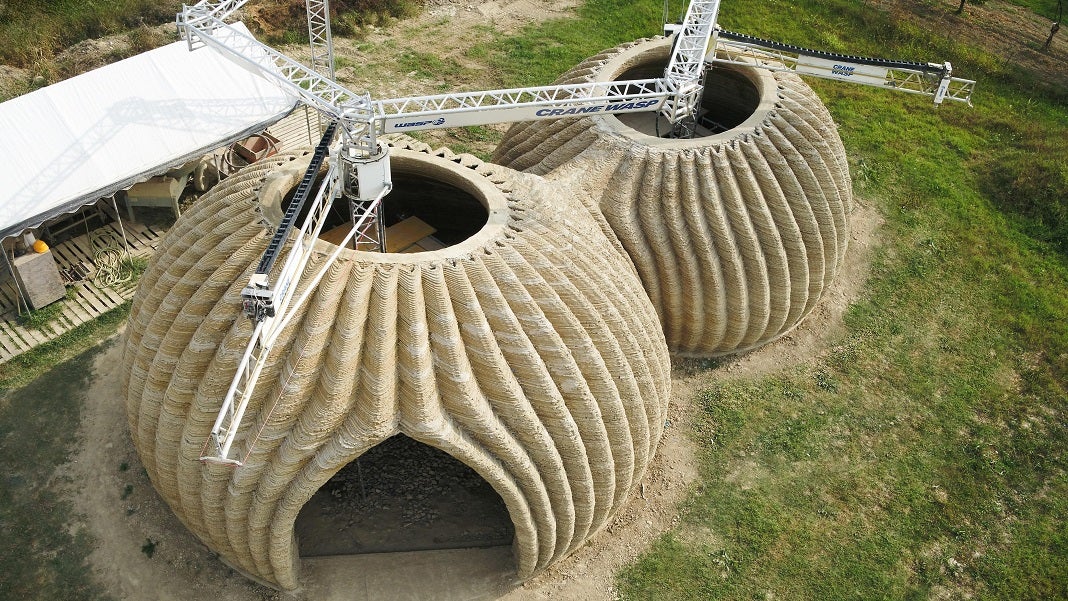China is a country that has done the most economically for the most number of people in the shortest amount of time.
.... If you look at the new generation, they are open-minded on a whole range of issues, so much more than their parents. They care about animal rights, worker rights, social inequity. That shift gives us hope that China will progress.My oped in the NYThttps://t.co/eGSakFfdYb
— Keyu Jin (@KeyuJin) October 28, 2022
Up and getting very good readership now.https://t.co/sf6SiNuSHi
— Keyu Jin (@KeyuJin) August 24, 2022
Harvard discussion of China's Economic Rise https://t.co/JJBRiEkKL0
— Keyu Jin (@KeyuJin) February 21, 2022
My Oped in the FT
— Keyu Jin (@KeyuJin) January 3, 2019
The trade war with America is a strategic gift for China https://t.co/Sm4ZlyVBbT via @financialtimes
CHATGPT is the Swiss army knife for your creative workhttps://t.co/6AzEEn41O9
— Mukund Mohan (@mukund) April 4, 2023
Keyu Jin, a professor at the London School of Economics and a board member at Credit Suisse, is trying to rework the foundation of what she sees as the West’s deeply flawed understanding of China’s economy, its economic ambitions https://t.co/jOvF31Qa4X
— NYT Magazine (@NYTmag) March 29, 2023
How China Is Fighting the Chip War With America During his speech to the party congress, Xi Jinping, who was granted his third term as the top leader of the country, mentioned “technology” 40 times, promised to “win the battle in key core technologies” and emphasized innovation and technological self-sufficiency......... Competition and conflict with the United States have led to the rise of techno-nationalism in China. President Donald Trump’s sanctions on Chinese tech corporations such as Huawei fueled the first wave of techno-nationalism in the country. President Biden’s export controls and addition of other Chinese companies to a list of sanctioned entities has renewed Chinese determination to close the gap in its technological prowess with America. ......... And for the first time, the Communist Party congress has added a category to its top priorities: “ke jiao xing guo,” which means a great power underpinned by technology, science and education. Science and technology are now at the core of China’s development, and self-reliance has become a national imperative. ........... A day after Mr. Biden’s export controls, the local government of Shenzhen, China’s prominent technology hub, hammered out an ambitious plan to accelerate breakthroughs of its semiconductors industry, supported by a gamut of detailed financial incentives, preferential tax policies, research and development subsidies and talent programs for enterprises in the entire ecosystem. .......... Thirty percent of the revenue of American semiconductor companies comes from sales to China, which imported more than $400 billion worth of chips in 2021. China will have to rely on domestic chip producers now, which are expected to meet about 70 percent of its market demand by 2025. .......... To meet this challenge, China is turning to its strongest form of techno-nationalism, the juguo tizhi, or “whole of the nation” approach, whereby all national resources are mobilized to achieve a strategic objective. It was used in the past to reap Olympic gold medals but is now also designated for core technologies like quantum information and biotech. .......... China invested as much as $11 billion in quantum computing between 2009 and 2011, compared with $3 billion by the United States. The government-led Big Fund in semiconductors has channeled almost a trillion renminbi (around $137 billion at current exchange rates) of private and public funding into the industry. .......... Even the central bank has introduced special low-interest loans on the order of 200 billion renminbi (almost $30 billion) for high-tech firms. Hundreds of national labs, which carry out the most advanced research, are being rolled out to boost basic research. More are sure to come amid a technology war. .......... While the state will continue to play the key role of mobilizing large amounts of funding for long, complex and uncertain investments, it will be left to the market and enterprises to determine what technologies are made, how to make them and where the resources flow. ......... Provincial governments, such as in Shenzhen, make sure that no barriers are too great for promising entrepreneurs: pushing regulators for a fast track to I.P.O., state financing and even jobs for their spouses. But setting limits to their involvement — such as caps on the equity stake they can take or the extent of financial subsidy — is aimed at reducing waste, corruption and overlaps. ........... Behind the mastery of critical technologies are markets, money and talent. Chinese markets are ready for a big innovation drive: Consumers are more sophisticated and demand higher quality. Only companies with better technologies can win. ............. Economic maturation means that low-hanging fruit has been plucked and financial resources will flow to more uncertain areas with higher returns. It is no coincidence that
last year domestic revenues in China’s semiconductor industry surpassed $157 billion, with 19 of the 20 fastest-growing semiconductor companies globally being Chinese
......... Last year, the industry that saw the largest surge in wages was semiconductors. Basic research, the bedrock of cutting-edge technologies, is notably lagging. And China is rapidly increasing the state budget for science. ........ the juguo system leverages public and private power unlike anything else in the world .......... Techno-nationalism may speed up the rate of convergence, but it is unlikely to close the distance with a fast-moving train. Core technologies take time to develop — years of cumulative learning and knowledge. ....... China has a motto of “taking over on the bend,” which means surpassing in areas where others have no latent advantage. Germans excel in manufacturing traditional cars, but China has made a significant push in the development for electric vehicles, renewable energy and new materials. It is simultaneously betting on new directions for semiconductors. Advanced packaging techniques make chips with low-end processing nodes perform like high-end ones. Chip materials like silicon may be swapped for new-generation ones........... China wants to become a bigger, smarter Germany, one with industrial capacity, leveraging artificial intelligence, next-generation communications and robotics. ........ not only a race for technological supremacy but also the ultimate competition between two radically different systems.Is Y Combinator too software-focused? And missing out on 10 large technologies moving in parallel right now? Are the ambitions too small? Does not new tech allow for the tackling of large problems?
— Paramendra Kumar Bhagat (@paramendra) April 4, 2023
AI is my higher power from today on.
— Robert Scoble (@Scobleizer) April 4, 2023
I was just talking to someone who is running an alcoholic recovery program.
GPT-4 answered every question we put to it better than I've heard in any AA meeting.
AI will save many people's lives who are struggling with addiction.
straing daze theze r
— Elon Musk (@elonmusk) April 4, 2023
"We shouldn’t expect AI to make the impossible possible, instead we should expect it to do fathomable things at unfathomable speed and scale. The fear of an alien species is misplaced. We should be afraid of what our own species will do when equipped with AI tools." amen.…
— sam lessin 🏴☠️ (@lessin) April 4, 2023
just me & the besties who i love and am obsessed w pic.twitter.com/rVIADIc3oT
— zehra ✨ (@zehranaqvi_) April 4, 2023









